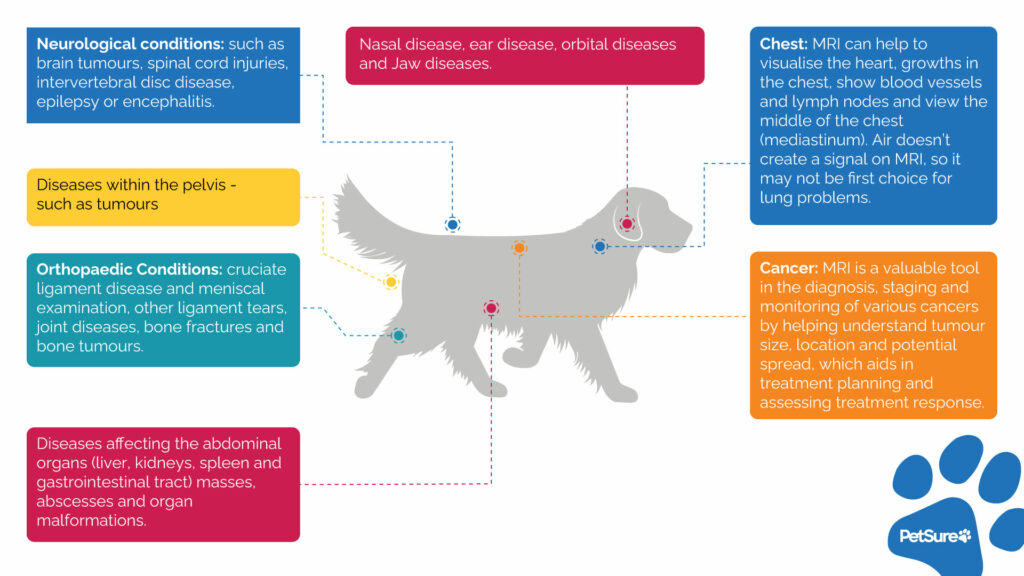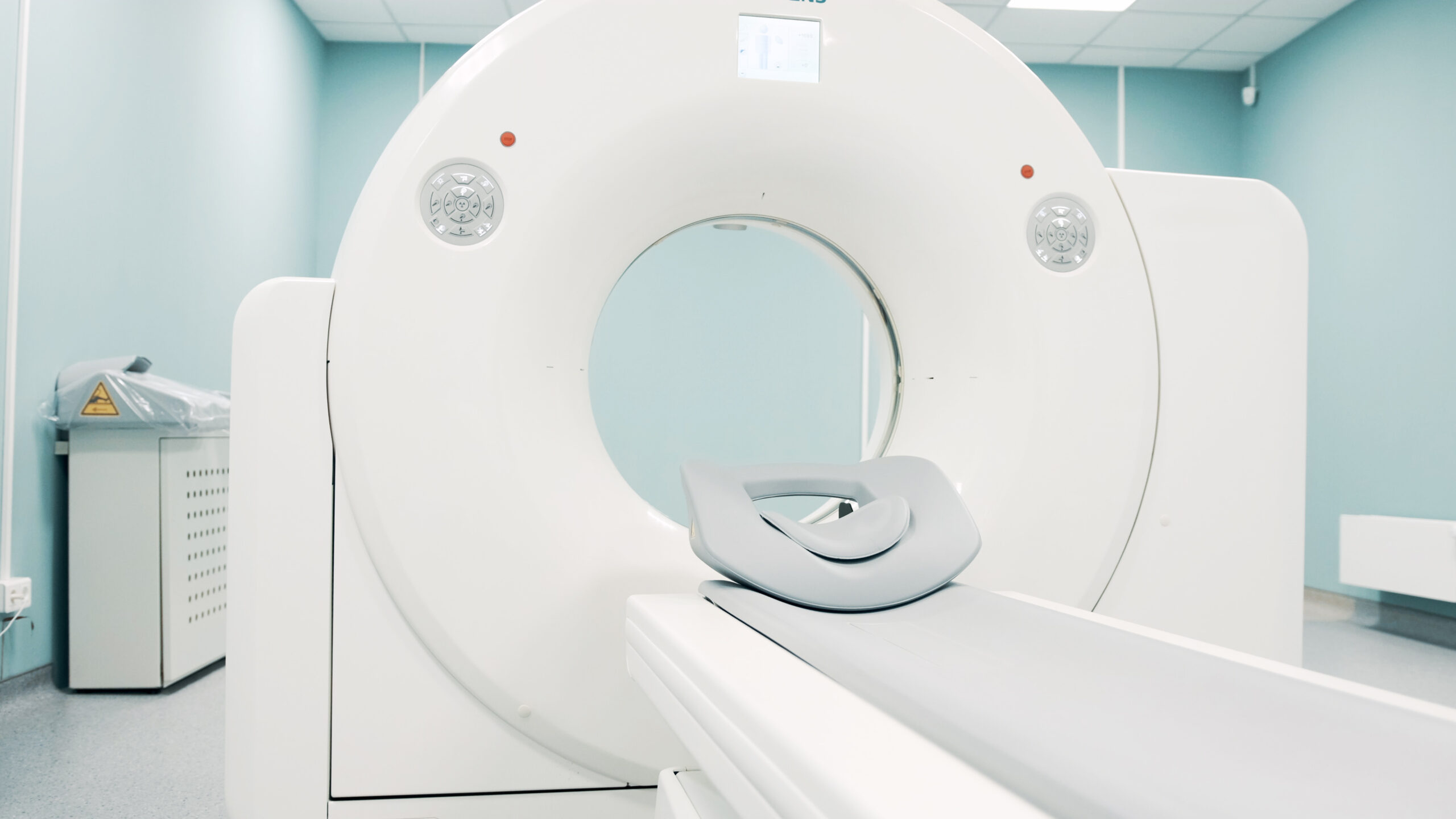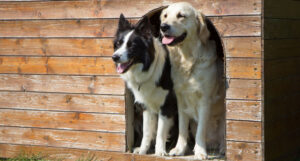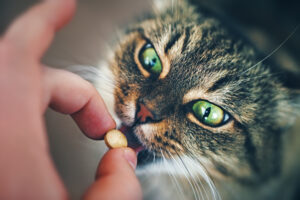Introduction
So, your veterinarian has recommended that your pet have an MRI – but what does that mean? When it comes to diagnosing complex medical conditions in our furry companions. MRI provides detailed, non-invasive imaging of internal structures, allowing veterinarians to gain a comprehensive understanding of various diseases and injuries. In this article, we will explore MRI in dogs and cats, shedding light on what takes place, its cost, and how it can help our beloved pets.
Understanding MRI
Magnetic Resonance Imaging (MRI) is a sophisticated imaging technique that uses a combination of powerful magnets and radio waves to generate detailed images of the body’s internal structures.
By running an electric current through coils of wire, MRI creates a transient magnetic field inside the patient’s body. The device then transmits and receives radio waves using a transmitter and receiver. These signals are then used by the computer to create digital cross-sectional images of the body part that was scanned.
It provides exceptional visualisation of non- bony tissues of the body and even the nervous system, allowing for more accurate diagnosis and treatment planning.
Uses of MRI in Dogs and Cats
MRI can be very useful when trying to examine soft tissue structures that otherwise would be difficult or even impossible to access without very invasive surgeries, like the brain, or in the joints.
Your veterinarian may have recommended MRI for several reasons including:
- Aiding in diagnosing conditions affecting the brain, spinal cord, joints, and abdominal organs.
- Gathering insights about internal structures without cutting or entering the patient’s body (i.e. its non-invasive).
- There is no radiation generated with MRI, unlike computed tomography (CT) and Radiographs (X-rays).
- MRI generates images in multiple planes (sagittal, axial, and coronal), which means that the veterinarian can gather views of the internal structures from multiple angles. This aids in accurate identification and characterisation of abnormalities especially in hard-to-see areas, like inside joints.
- Assessing blood flow and vascular (relating to the heart and blood) structures, which can help to identify issues such as blood clots, tumours, or malformations.

In some cases, the veterinarian may recommend MRI to help with preoperative planning, using the tool to visualise the area they need to operate on, and the relationships with surrounding structures. This benefits the pet patient because this allows the surgeon an “inside look” before they have started cutting, potentially reducing anaesthetic time and more invasive investigations.
The MRI Procedure in Pets: What to Expect
In the lead up to having an MRI, your veterinarian may have already run other diagnostic tests on your pet which may include blood tests or other forms of diagnostic imaging. On the day of the MRI procedure, your veterinarian may have recommended that your pet arrives to the hospital fasted. Make sure you let your veterinarian know if your pet has eaten, how much and what time if they do accidentally eat something. This is because the MRI procedure requires that the pet stays very still for half an hour or more while the MRI takes place. For our pets, this means they will need a general anaesthetic so that they can peacefully sleep through it.
The pet is placed within the MRI machine, which uses magnetic fields and radio waves to capture detailed images. The MRI itself is painless, and the pet is monitored throughout the procedure. Be sure to advise your veterinarian if your pet has any metal implants prior to having an MRI because these can alter the results or even cause your pet injury if they go through the MRI.
Once the MRI is finished, the pet patient is closely monitored as they wake from anaesthetic. Typically, the MRI process is a day procedure, so unless your pet requires hospital for another reason, they should be able to go home on the same day.
MRI provides veterinarians with a powerful tool to visualise and understand complex diseases and injuries in dogs and cats. By offering detailed imaging of soft tissues and internal structures, MRI helps obtain more accurate diagnoses, non-invasive treatment planning, and monitoring medical conditions. MRI is a great tool to help ensure optimal healthcare and improved outcomes for our beloved furry companions. If you have any questions about your pet’s health or whether MRI is a good option for your pet, reach out to your veterinarian who will be able to discuss your pet’s health care needs.
Frequently Asked Questions?
MRI stands for Magnetic Resonance Imaging. It is a diagnostic imaging technique that uses a powerful magnet and radio waves to generate detailed images of the internal structures of the body.
An MRI is often recommended for dogs and cats when a detailed view of the internal structures of the pet patient is needed. This is particularly important when evaluating conditions like neurological disorders (affecting the brain and spine), cruciate ligament disease and other orthopaedic conditions, nasal and facial abnormalities, tumours, or abnormalities affecting the internal organs. MRI may also be recommended by your veterinary surgeon to assist in surgical planning.
Yes, anaesthesia is typically required for pets during an MRI procedure because it is very important that the patient is still for the procedure. If the pet patient cannot be anaesthetised, your veterinarian may recommend an alternative imaging technique.
The duration of an MRI procedure varies depending on the area being scanned and the complexity of the condition being evaluated. It can range from 30 minutes to a few hours.
MRI is considered safe for dogs and cats when performed by trained professionals and appropriate safety measures are followed. However, certain conditions, pacemakers or metal implants might a patient unsuitable for MRI and an alternative procedure may be required.
Generally, MRI poses minimal risks to pets. However, some risks can include an adverse reaction to anaesthesia, potential injury from metallic objects, or rare complications related to contrast agents if they are being used. If you have any concerns about your pet’s suitability for MRI, be sure to discuss them with your veterinarian.
Your veterinarian will provide specific instructions for preparing your pet, which may include fasting before the procedure and withholding certain medications.
In most cases, pet parents are not allowed to be present in the MRI suite. Your pet will be sleeping soundly throughout the procedure and thankfully in most cases will be able to return home the same day.
MRI procedures are generally covered by comprehensive accidental injury and illness pet insurance policies administered by PetSure (check our brand partners at petsure.com.au/partners), unless related to a pre-existing condition or exclusion. Please refer to your policy documents and Product Disclosure Statement (PDS) for more information.
Insurance products are issued by The Hollard Insurance Company Pty Ltd ABN 78 090 584 473, AFSL 241436 (Hollard) and/or PetSure (Australia) Pty Ltd ABN 95 075 949 923, AFSL 420183 (PetSure) (from 8 May 2023 only), administered by PetSure and promoted and distributed through their authorised representatives and distribution partners.
Any advice provided is general only and does not take into account your individual objectives, financial situation or needs. Cover is subject to the policy terms and conditions. Please consider the Product Disclosure Statement (PDS) to ensure this product meets your needs before purchasing, or choosing to continue with the product. PDS and Target Market Determination available on our partners’ websites. Meet our partners at petsure.com.au/partners
References
Diagnostic MRI in Dogs and Cats
Magnetic Resonance Imaging (MRI)
Pet insurance can help by covering a portion of the eligible vet bill if the unexpected happens. Because it is difficult to predict the costs of veterinary care, it can help to have measures in place to help prepare for the unexpected. Check out our partner network and explore our policy tools to find a pet insurance policy.
Not all conditions or items are covered by Pet Insurance. Refer to the applicable Product Disclosure Statement for information about coverage and exclusions.



 Fact checked
Fact checked





